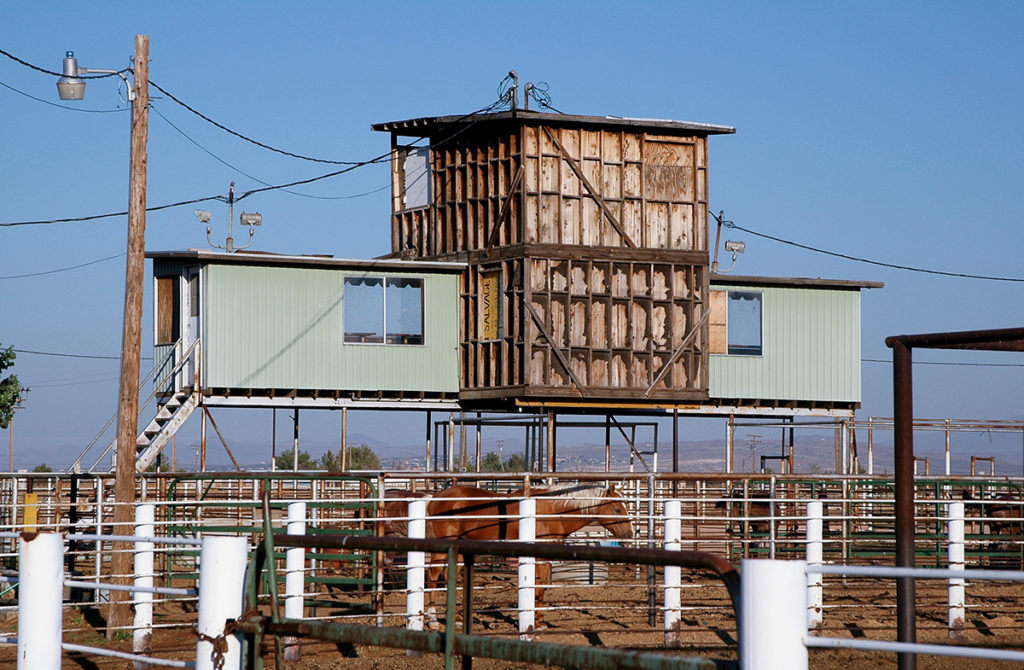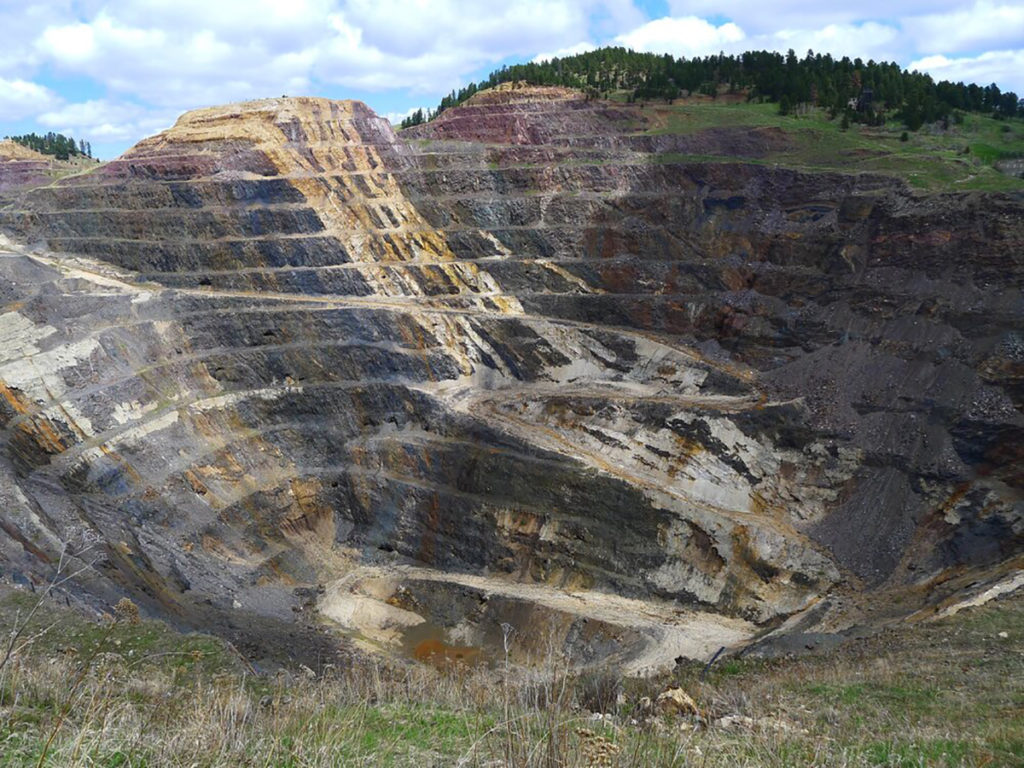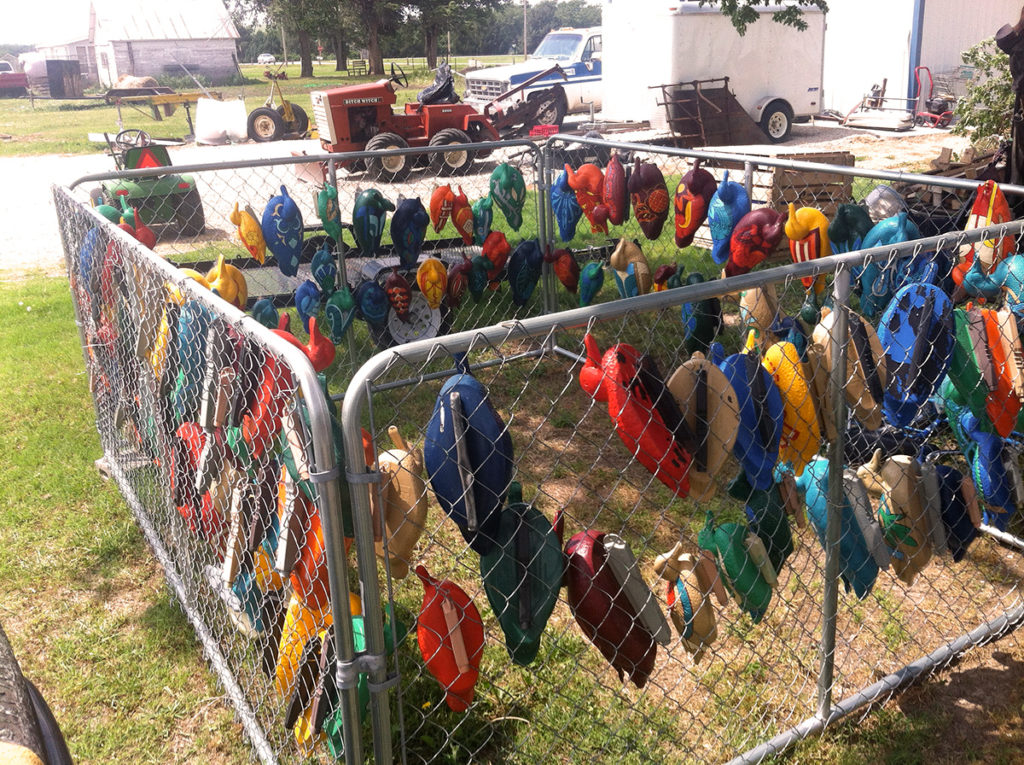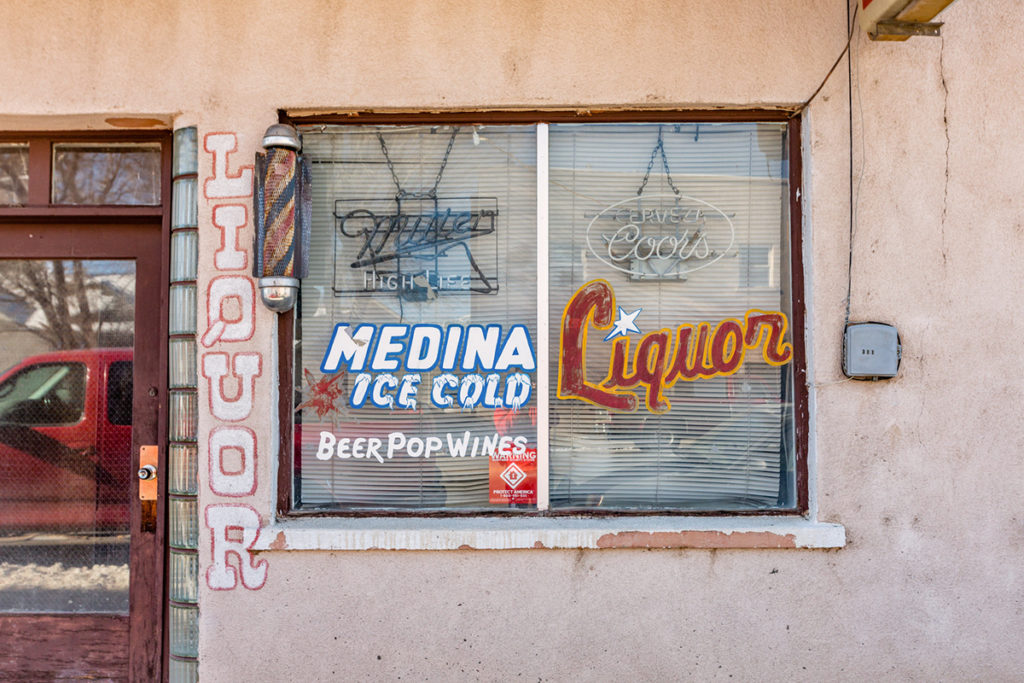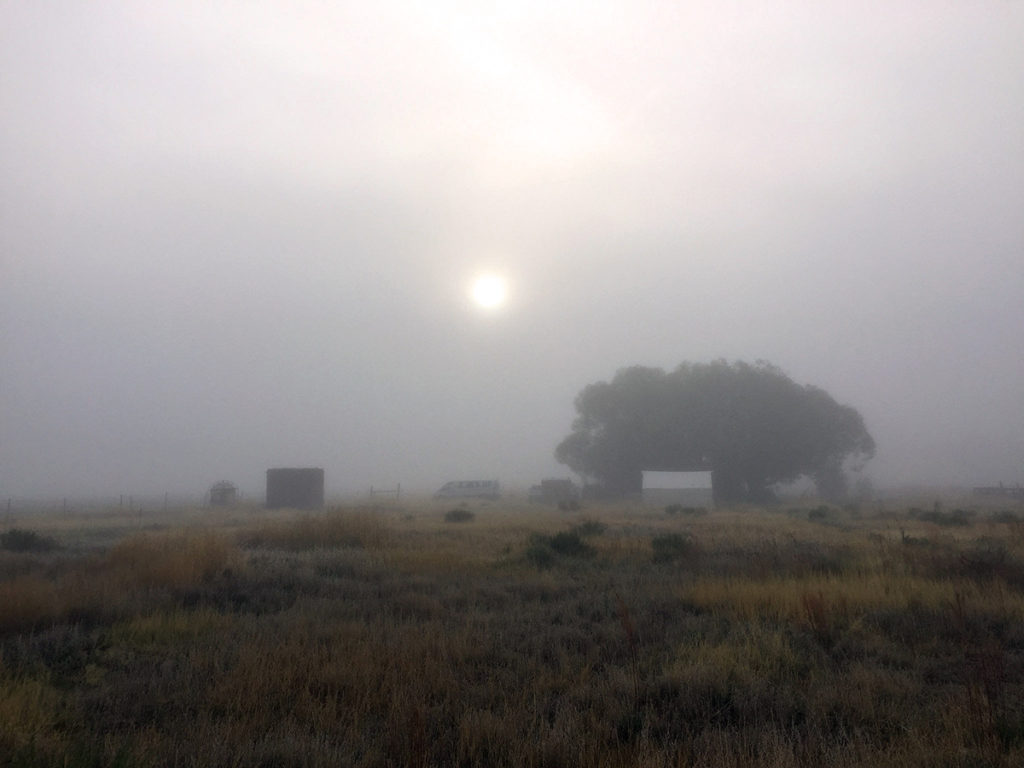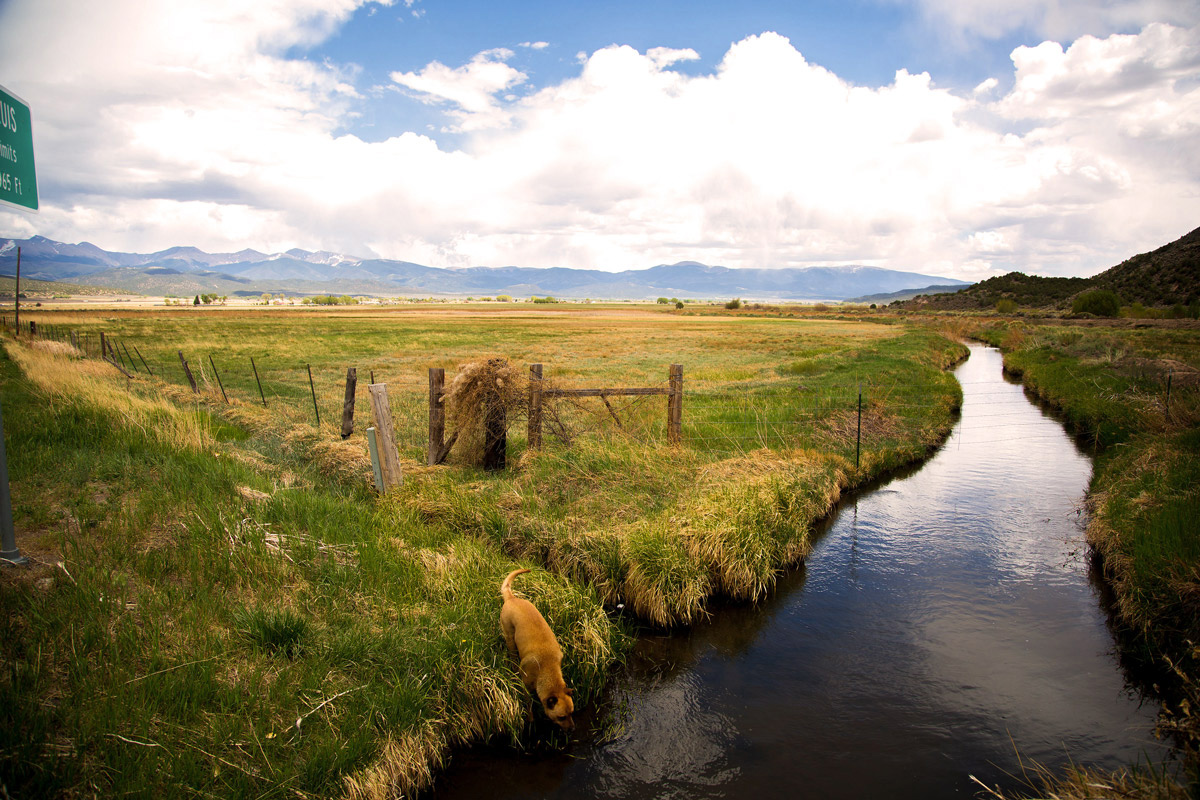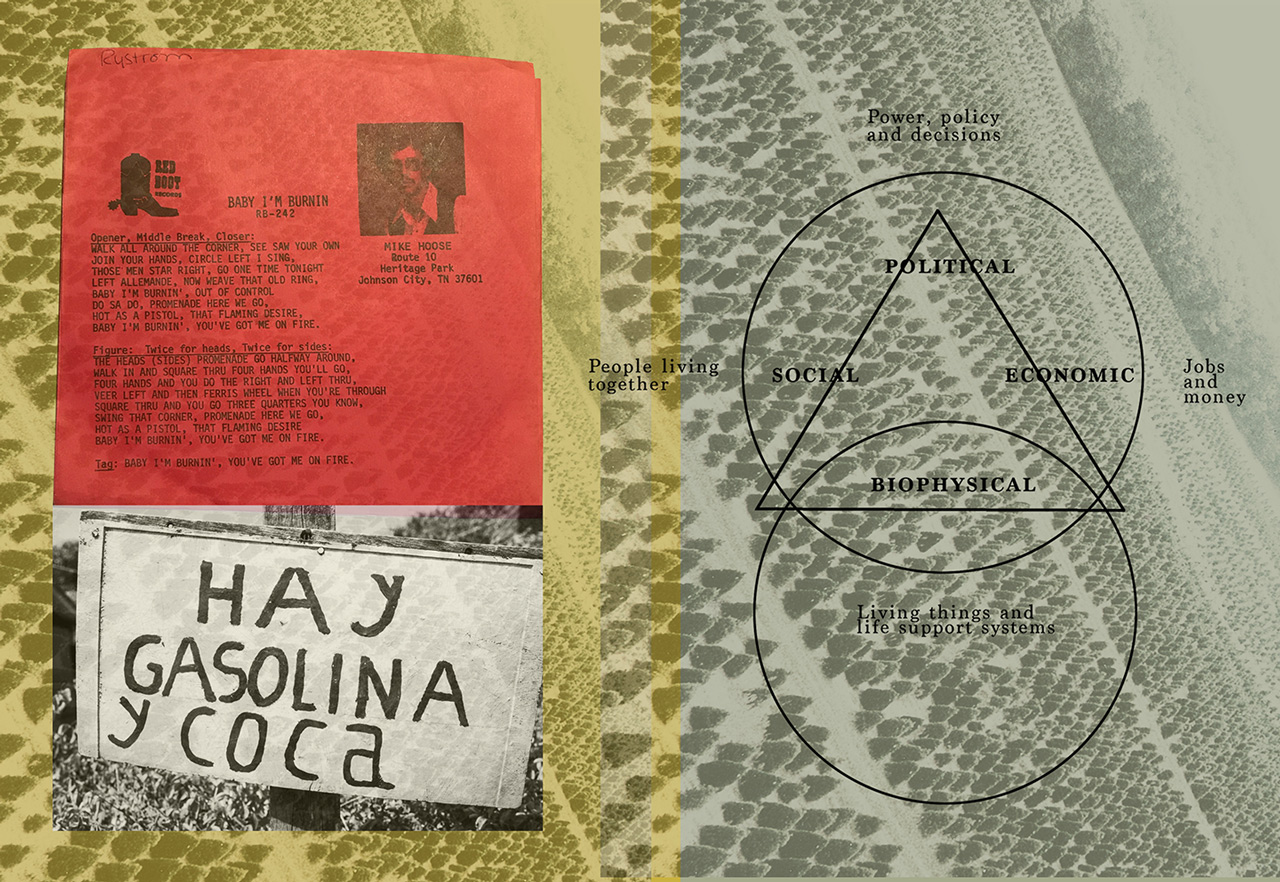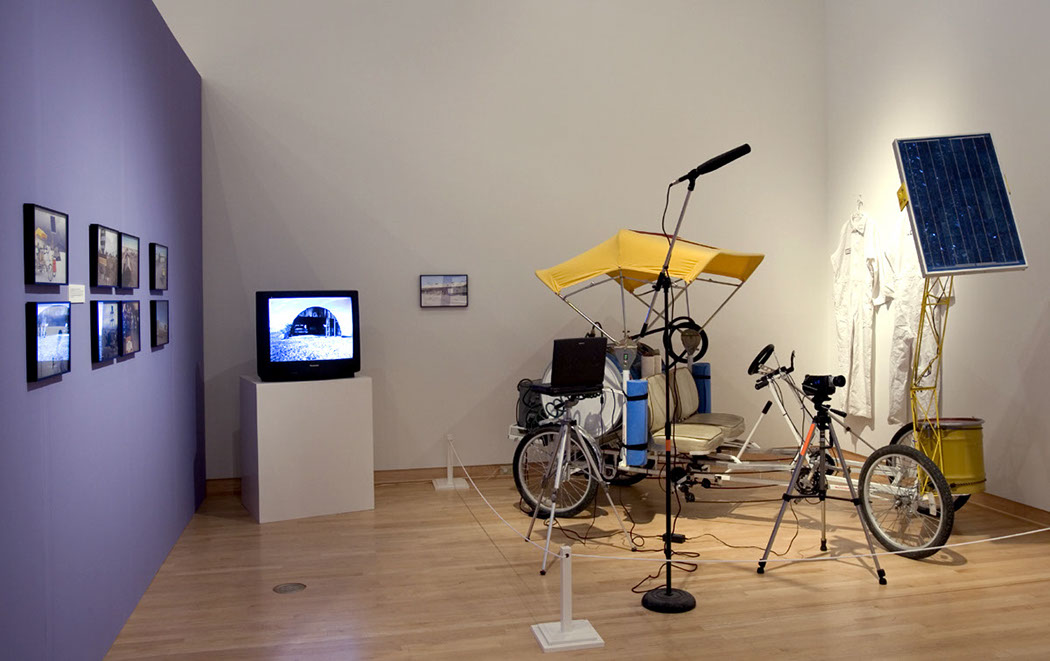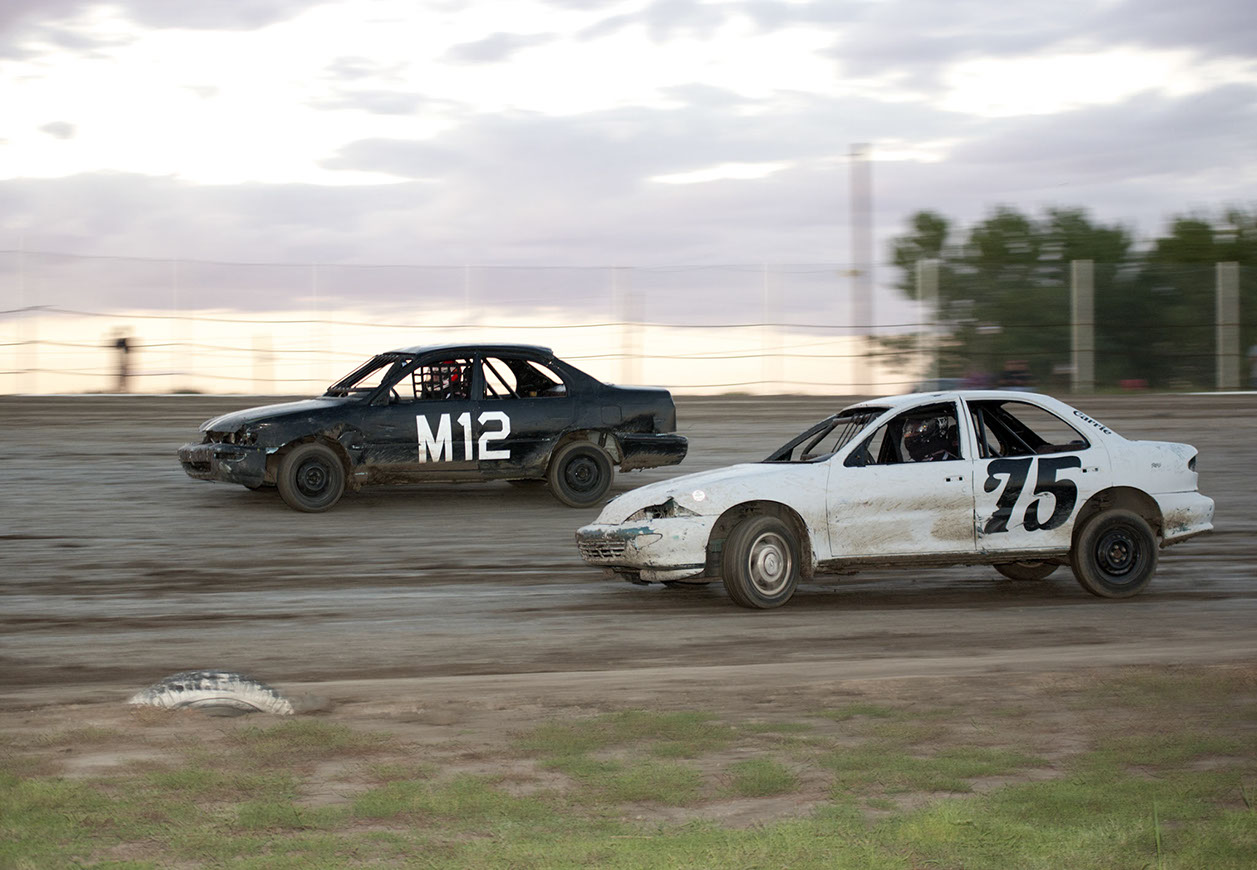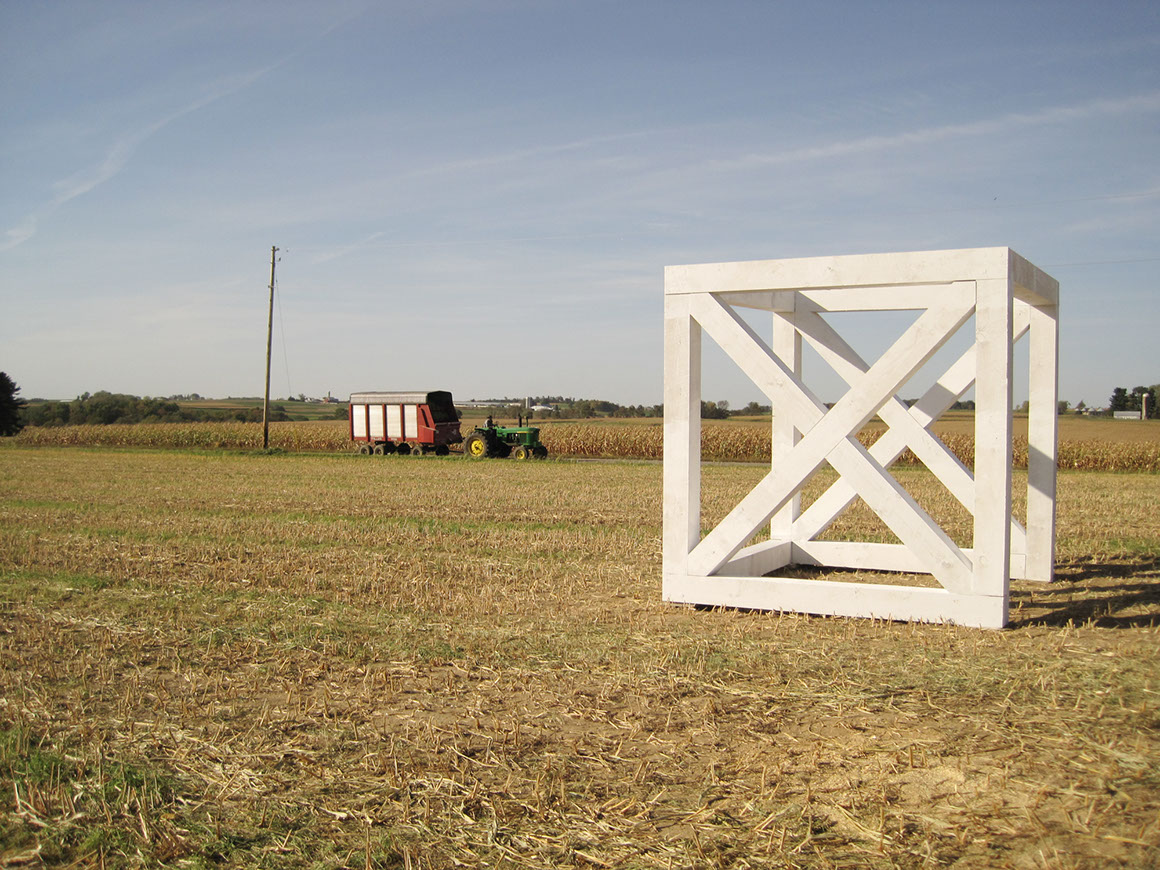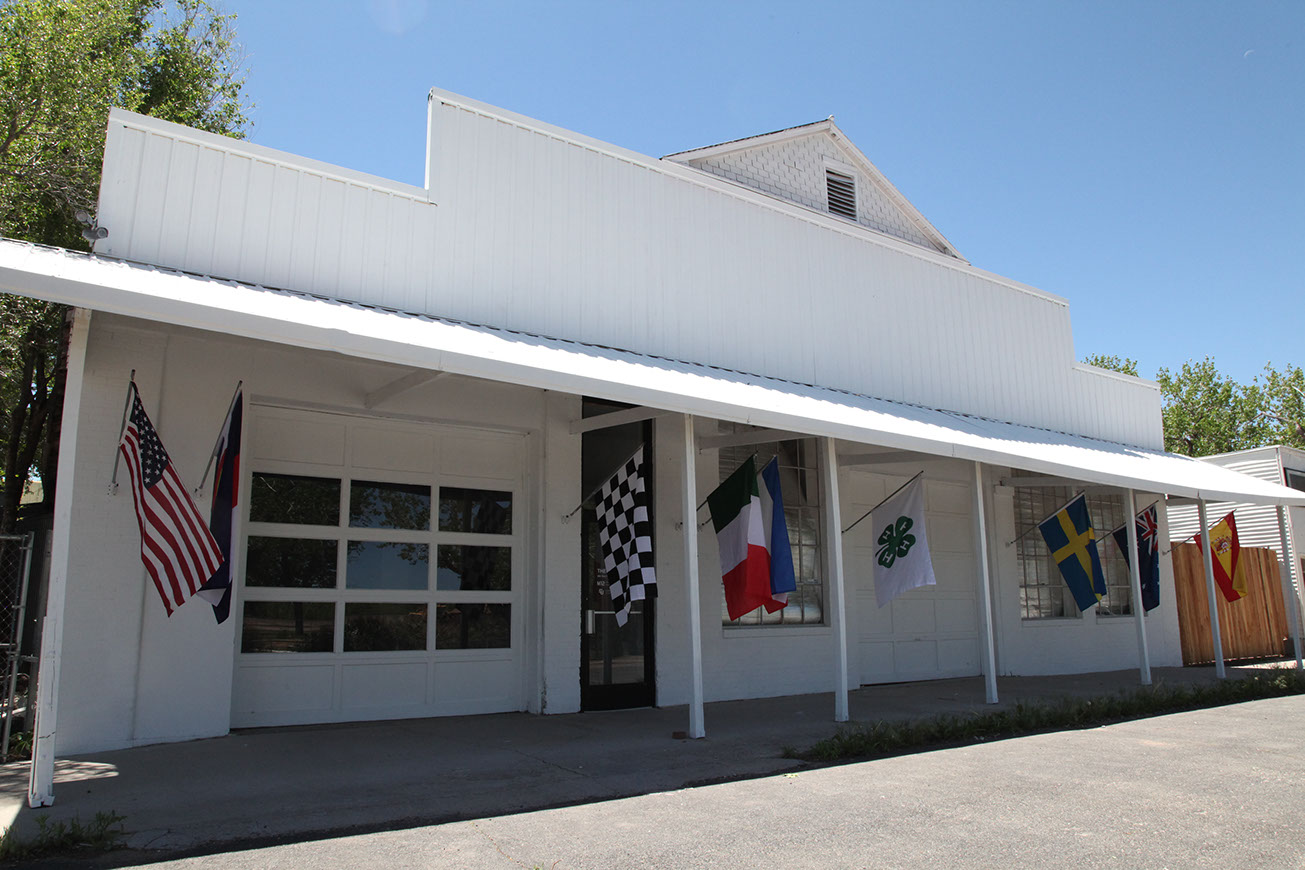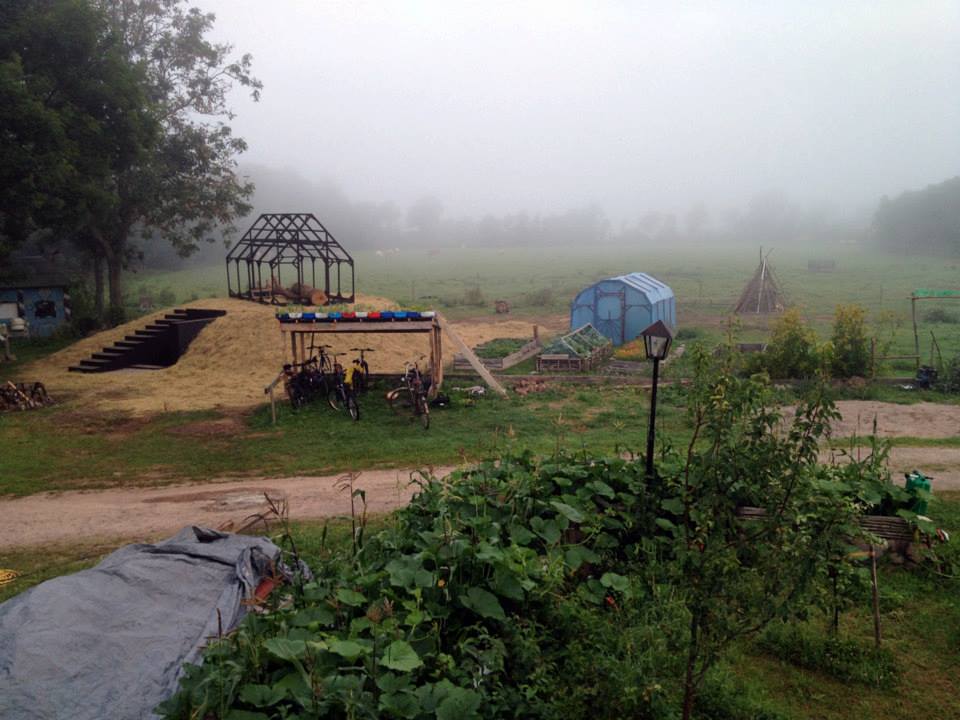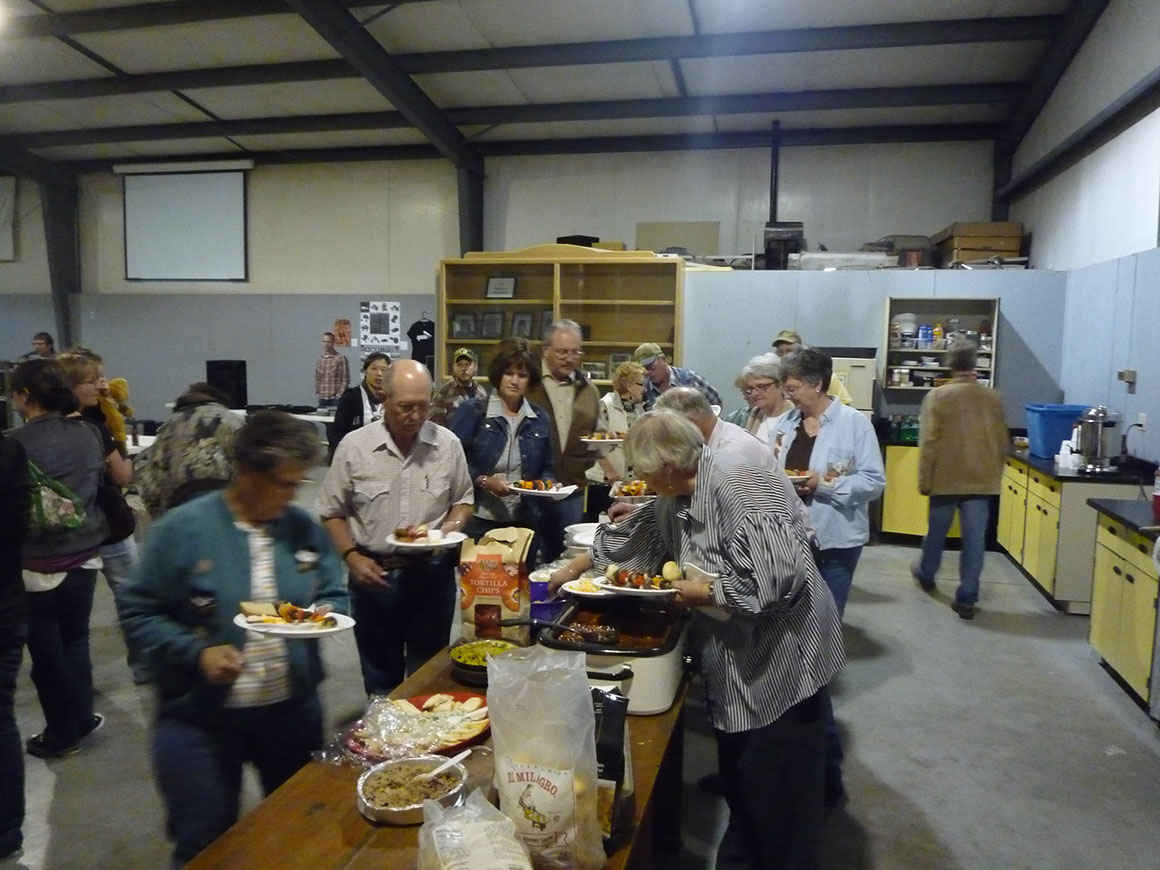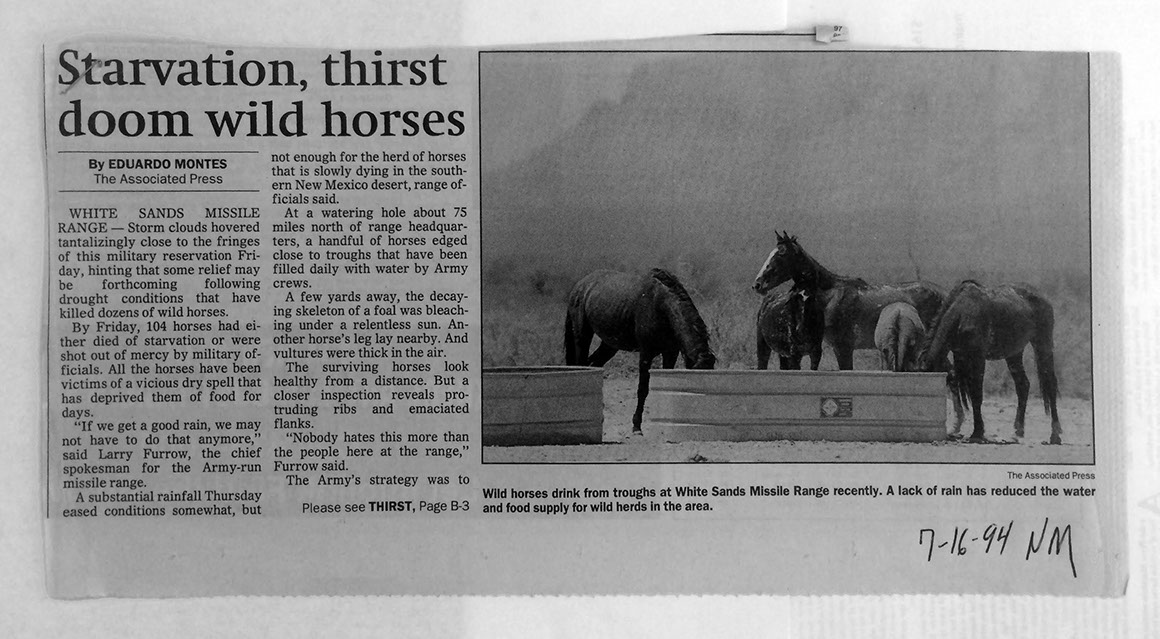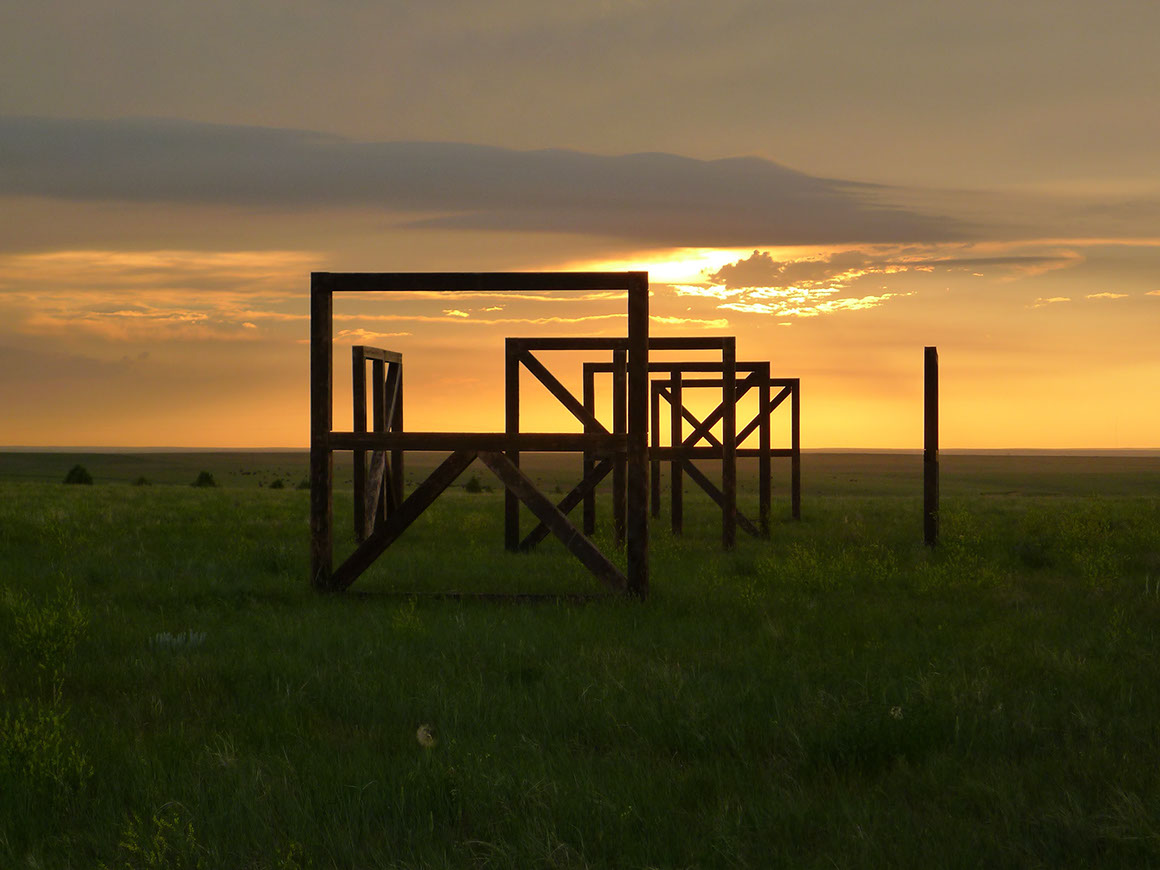Rural Environments Archive (REA). Boulder, CO. Ongoing.
The Rural Environments Archive (REA) is an evolving collection of photographs and artifacts from rural place’s worldwide. Presenting matter of fact documents of budding rural life as well as neglect and abandonment, the collection covers a large variety of what makes up the rural. REA contains over 10000 photographs from Europe, Australia and the Americas along with additional objects such as tools, books, and other ephemera. If you are interested in contributing to the collection or would like to request additional information please email REA@m12studio.org.
